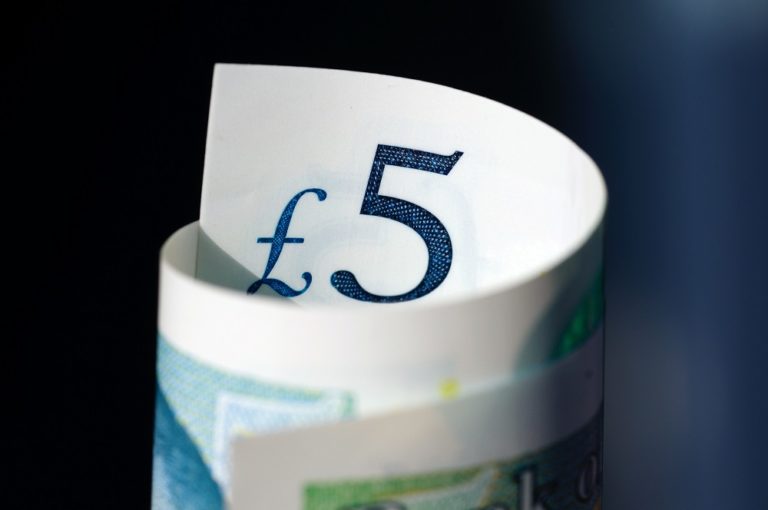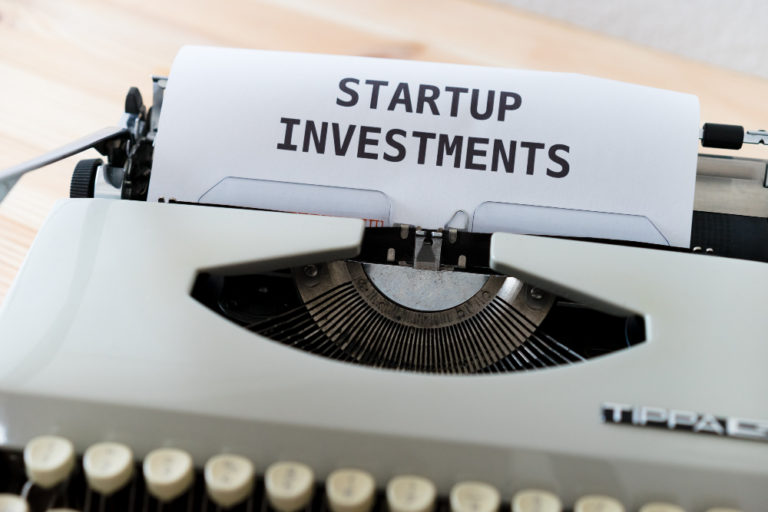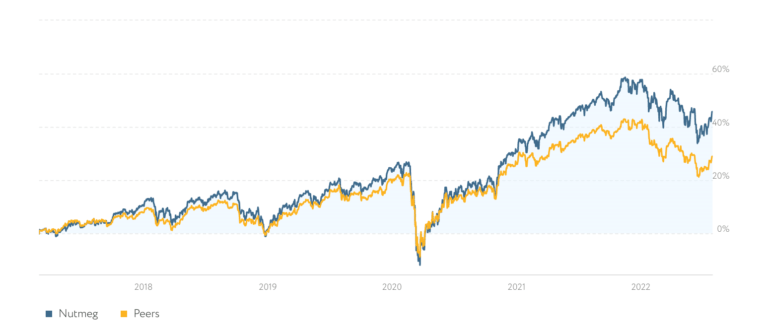How the health and social care levy will affect you
Money Talk is intended to inform and educate; it's not financial advice. Affiliate links, including from Amazon, are used to help fund it. If you make a purchase via a link marked with an *, Money Talk might receive a commission at no cost to you. Find out more here.
This week, the government announced two new taxes that will come into effect from next April to raise – they hope – £36 billion for the NHS and to cover social care costs.
Although the rise in National Insurance has grabbed all the top headlines, I think the dividend tax will have wide implications, too.
The government says in their (currently work in progress) policy paper that the changes will affect: “Employers, employees and the self-employed who are liable to pay National Insurance contributions (NIC) and individuals that would be liable to pay National Insurance contributions were it not for pension age restrictions.”
In other words, pretty much everyone with an earned income – unless you only pay Class 2 and Class 3 NICs.
I want to dive deeper into who could be the most heavily impacted by these changes. And, because I’m self employed, what it means for people like me.
How National Insurance is changing
From the next tax year, beginning 6 April 2022, NIC will be going up by 1.25% for all PAYE employees.
The exact amount you pay will depend on your NI category as well as your salary.
As an example though, someone on a salary of £30,000 should expect to pay around £255 more a year (around £21.25 a month) after the NIC increase kicks in.
For those who are self employed, Class 2 NICs will stay the same but Class 4 NICs will be going up 1.25%.
Again, the exact amount you pay will depend on how much you make but this time it’s based on profits (turnover minus expenses).
So, someone with a profit of £30,000 would also expect to pay around £255 more even if their turnover is significantly higher.
Who will be affected by the National Insurance increase
Even though those on higher salaries will be paying more NI, the changes are actually likely to affect those who work seasonally more.
This is because NI calculations are based on weekly wages rather than annual salary, so even if your overall income is relatively low, you still have to pay higher NI during the weeks or months where you’re earning more.
But the biggest losers are perhaps company directors who are also the sole employee.
As both the employer and employee have to pay an extra 1.25% in NIC, a director/sole employee would effectively have to pay 2.5% extra just to draw a salary.
This could mean more people going down the dividend route in future (see below).
From 6 April 2023, NIC rates will revert to what they are now and the extra 1.25% will appear separately as an additional levy rather than as part of NI.
This key change means the government will have greater flexibility over who pays this levy and how it’s structured.
We already know that pensioners who are still working will also be expected to pay the levy from 2023, although it’s not quite clear exactly how that will work yet.
For example, will they only have to pay the levy if their income is above a certain threshold and if so, is that threshold based on their working income only or does it also include their pension income.
It’s a major change given that pensioners who work don’t currently have to pay NICs, only income tax, meaning the levy would disproportionately affect those who still need to work after pension age and may deter those who want to work.
How the tax on dividends is changing
The other big tax change is on dividends – there will be a 1.25% increase here as well.
Again, how much you pay will depend on your income but at the moment it’s anywhere between 7.5% for basic rate taxpayers and a hefty 38.1% for additional rate taxpayers. This will of course go up to 8.75% and 39.35% respectively.
Who will be affected by the dividend tax rise
You might be envisaging that it will hit rich shareholders the most but that’s not necessarily the case.
It all depends on how your shares are held.
If all your investments are within a pension or ISA wrapper, any dividends you’re paid would be protected from this extra dividend tax. Obviously, this could change in the future.
But if, for example, you’ve maxed out your ISA and have a general investment account, your investments would be liable for dividend tax once you’ve used up the £2,000 dividend allowance and your personal income tax allowance of £12,570.
For company directors who are the sole employees, the extra dividend tax might actually look like a blessing compared to the double whammy on the NIC front, especially when you factor in the rest of their tax burden.
Some company directors already pay themselves a dividend in lieu of a salary or use it to top up a smaller salary – a perfectly legal way to structure their income.
Part of the appeal is that dividend tax is so much lower than income tax, especially on lower incomes. There’s also the fact that there is no NIC to pay on dividends – a saving for the company and the individual, which is both the director in this case.
The problem is, the directors who did this were then excluded from the wide ranging financial support offered by the government in response to the coronavirus pandemic.
Time will tell if more directors will be pushed towards the dividend route because of the health and social care levy…







